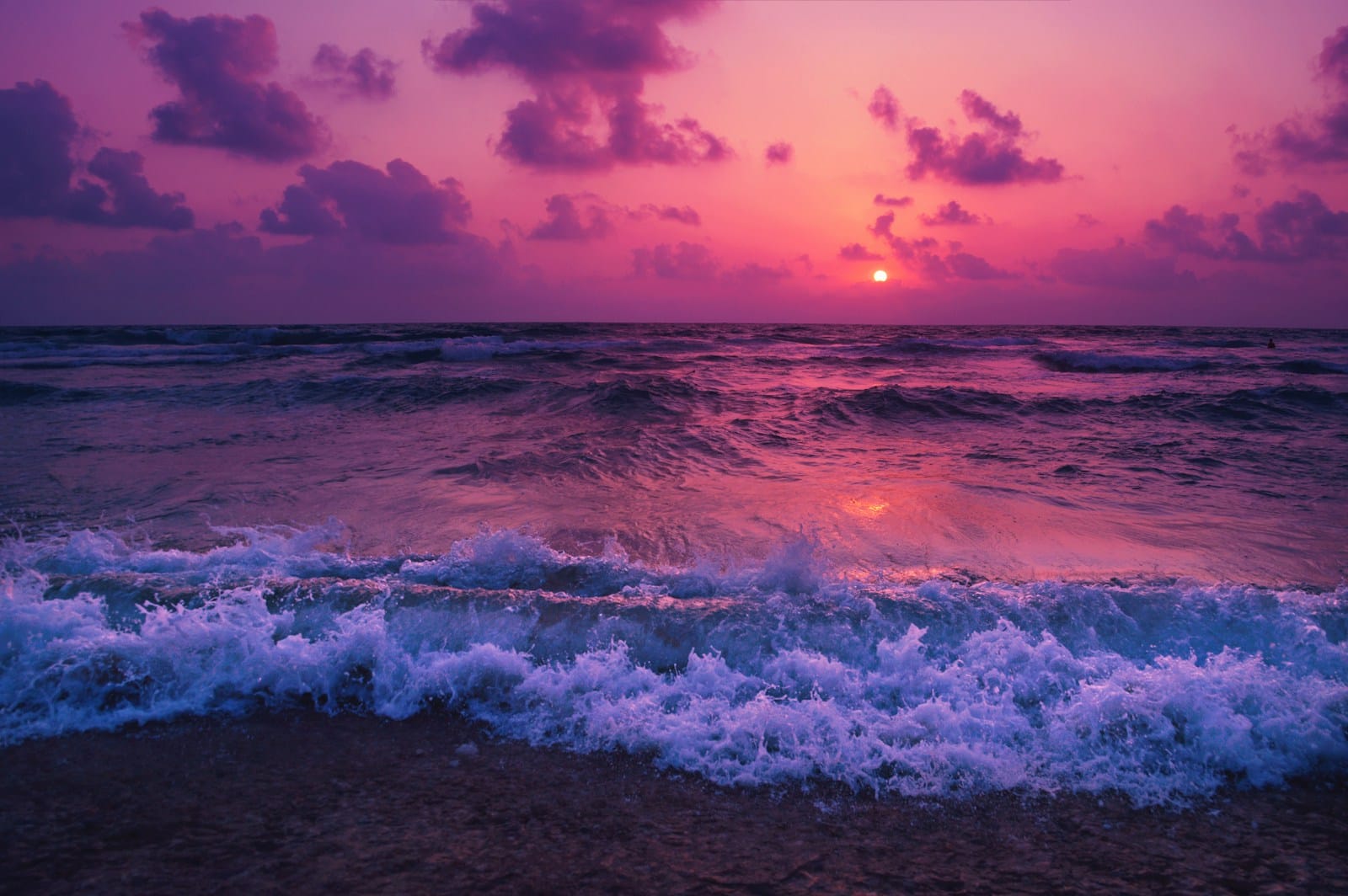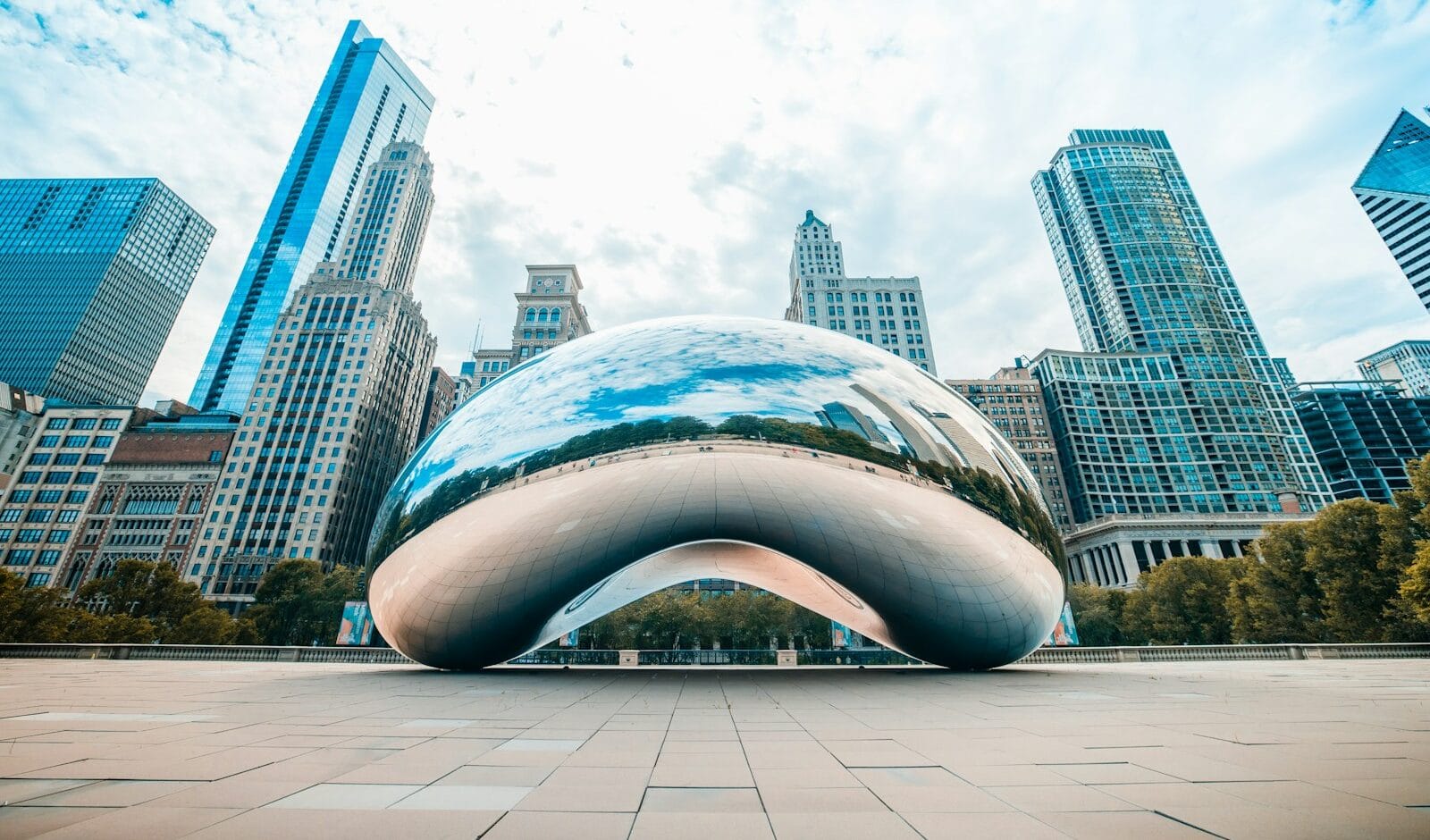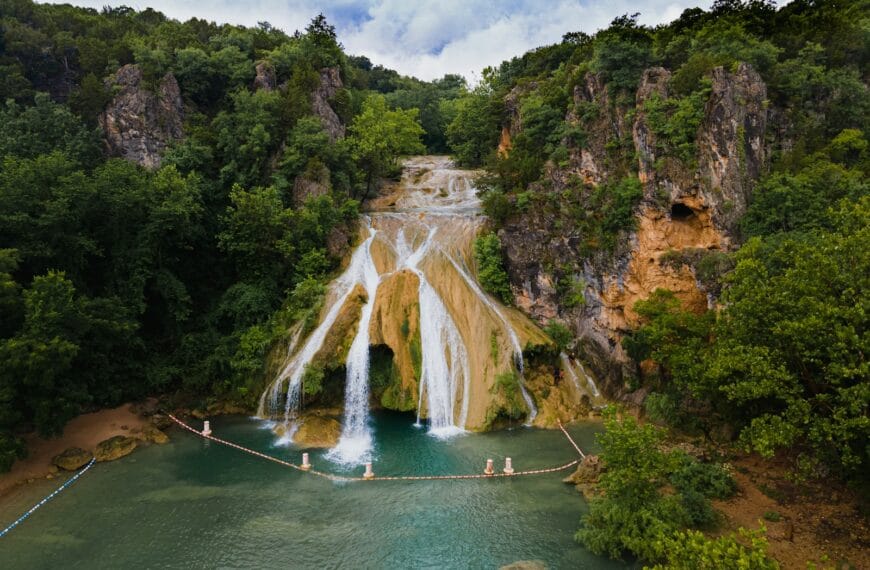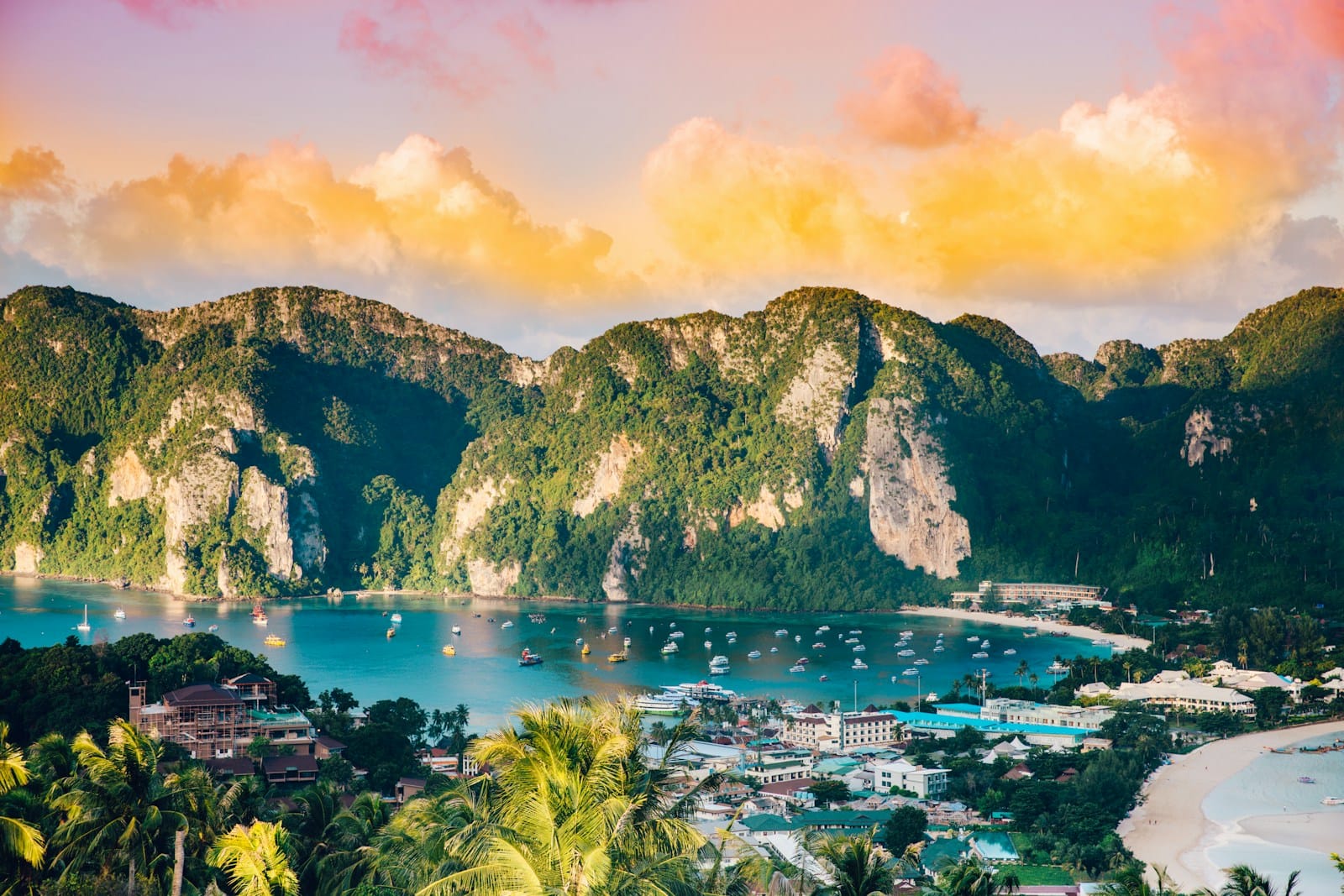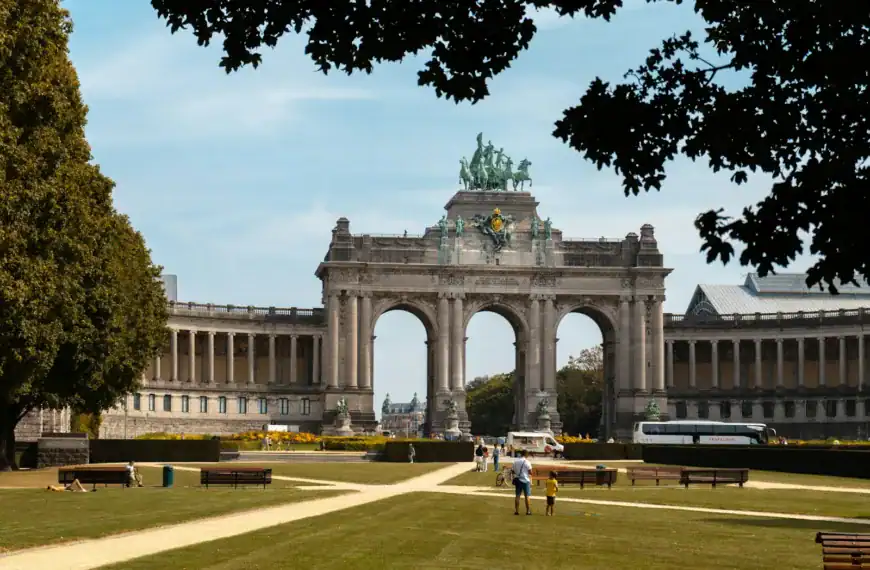Bioluminescent Bay Travel Guide to Nature’s Glow
Intro to Bioluminescent Bay Travel Guide
Dip your paddle into calm, dark water, and it erupts into electric-blue light. Fish leave comet-like trails as they dart through the glowing surface. Entire lagoons shimmer with every movement. This is the extraordinary magic of a bioluminescent bay — a rare natural wonder where millions of microscopic organisms transform the ocean into a living galaxy.
The world hosts only a handful of these glowing waters, and Puerto Rico is home to the brightest of them all. But beyond the Caribbean, you’ll also find glowing lagoons in Mexico, Jamaica, Vietnam, Japan, and even Australia. Each is unique, fragile, and unforgettable.
This Bioluminescent Bay Travel Guide takes you on a global journey — explaining how the phenomenon works, how to avoid common mistakes, where to find the world’s brightest bays, and how to experience them responsibly. Let’s break it down…
Why Bioluminescent Bays Matter for Travelers
Bioluminescence is light produced by living organisms, most commonly single-celled plankton called dinoflagellates. In rare cases, bays trap these organisms in such high concentrations that entire lagoons shimmer at night.
Rarity and Global Appeal
There are only a handful of consistently glowing bays worldwide. Puerto Rico alone has three. Outside the Caribbean, bioluminescence is patchy, seasonal, or tied to other organisms like squid or glowworms. For travelers, that rarity makes every visit feel like discovering a hidden gem.
Immersive Experiences
Unlike many natural wonders, you don’t just observe from a distance — you move through the water. Kayak paddles leave glowing trails, and every splash sets off fireworks beneath the surface. It’s both interactive and intimate.
Science Meets Storytelling
On guided tours, you’ll learn the biology of dinoflagellates, but you’ll also hear legends: ancestral spirits in Puerto Rico, sea gods in Japan, and fishermen’s tales in Jamaica. This blend of science and culture makes the bays unique.
Conservation Value
Bioluminescent ecosystems are fragile. Pollution, development, and overtourism threaten them. Travelers who support certified eco-tours directly contribute to protecting some of the world’s most delicate environments.
Bucket-List Magic
Ultimately, glowing bays are unforgettable. No photo does them justice — you simply have to be there, immersed in the light.
Common Mistakes or Misconceptions
1. Visiting During a Full Moon
Moonlight outshines the glow. Always check lunar calendars and aim for new moons or nights when the moon sets early.
2. Expecting Consistent Glow Year-Round
Plankton populations fluctuate. After storms or heavy rainfall, brightness can fade. Even Mosquito Bay has quiet nights.
3. Booking Unlicensed Tours
Unauthorized guides often ignore environmental rules, damaging ecosystems. Licensed bioluminescent tours use eco-friendly boats and limit group sizes.
4. Wearing Lotions or Sprays
Even trace chemicals from sunscreen or bug spray harm plankton. Most tours forbid their use before entering the bay.
5. Expecting Perfect Photos
Phones struggle to capture glow. Long-exposure cameras sometimes work, but the best memory is what you see with your own eyes.
6. Choosing the Wrong Bay for Your Needs
Families often prefer accessible bays like Laguna Grande, while adventurers may seek the intensity of Mosquito Bay. Match your destination to your style.
Step-by-Step Guide to Experiencing a Bioluminescent Bay
Step 1: Choose Your Destination
Options include Puerto Rico, Jamaica, Mexico, Vietnam, Japan, Thailand, Australia, New Zealand, and Florida. Each has unique conditions and appeal.
Step 2: Check the Moon
Book near a new moon for peak visibility. Full moons wash out the glow.
Step 3: Book Early
Top bays, especially Mosquito Bay, sell out weeks in advance.
Step 4: Pack the Right Gear
- Dark clothing (reduces reflection)
- Water shoes or sandals
- Dry bag for valuables
- Headlamp with red-light mode
- Light jacket for cool evenings
Step 5: Respect the Environment
- Don’t use chemicals on your skin
- Don’t swim unless it’s allowed (e.g., La Parguera)
- Follow guides’ instructions
Step 6: Embrace the Moment
No two nights are the same. Some are brilliantly bright, others more subtle. Enjoy the wonder without expectations.
Where to Find Bioluminescent Bays Around the World
Puerto Rico – The Brightest Hotspot
- Mosquito Bay (Vieques): Officially the brightest bioluminescent bay in the world, recognized by Guinness World Records. Access requires a ferry or flight from mainland Puerto Rico. Kayak tours launch from Esperanza, paddling through mangrove channels into glowing waters. After Hurricane Maria, conservation efforts helped the bay recover, showing both its fragility and resilience.
- Laguna Grande (Fajardo): Only an hour from San Juan, this is the most accessible bay. Perfect for families and short trips, tours here often run in small glass-bottom kayaks. Glow is strongest on calm, moonless nights.
- La Parguera (Lajas): Less intense but unique — the only bay in Puerto Rico where swimming is permitted. Local culture adds character, with fishing boats and seafood stalls nearby.
Jamaica – Glistening Waters
- Glistening Waters (Falmouth): Near Montego Bay, this lagoon is famous for its cultural storytelling. Fishermen long believed the glow came from ancestral spirits. Today, boat tours combine folklore with science, making it both educational and atmospheric.
Mexico – From Pacific to Caribbean
- Laguna de Manialtepec (Oaxaca): A short drive from Puerto Escondido, this mangrove-fringed lagoon offers glowing waters and rich birdlife. It’s a favorite for eco-tourists who want both light and biodiversity.
- Bacalar Lagoon (Laguna de los Siete Colores): Known by day for its turquoise stripes, at times bioluminescence adds a nighttime twist. Swimming here connects visitors with both color and glow.
Asia – A Mix of Science and Legend
- Halong Bay (Vietnam): Limestone karsts rise dramatically from the sea, but at night kayakers often find glowing plankton beneath the cliffs. The glow is less predictable than in Puerto Rico but enchanting when seen.
- Toyama Bay (Japan): Unlike plankton bays, Toyama glows from millions of firefly squid that surface each spring. Locals celebrate with squid festivals, blending seafood feasts with nighttime spectacles.
- Thailand’s Andaman Coast: Around Krabi and the Phi Phi Islands, night snorkeling tours immerse travelers in glowing plankton swirls. It’s a favorite for adventurous couples and divers.
Oceania – Remote Wonders
- Gippsland Lakes (Australia): Seasonal blooms in summer create glowing shorelines. Conditions vary each year, making it both elusive and rewarding.
- Waitomo Caves (New Zealand): Here, glow comes from insects, not plankton. Glowworms dangle from cave ceilings, creating galaxies underground. Tours by boat or on foot feel surreal.
North America – Florida’s Lagoon
- Indian River Lagoon (Florida, USA): One of the few mainland U.S. locations for bioluminescence. Tours near Titusville and Merritt Island peak in summer, often combined with manatee and dolphin sightings.
The Science Behind the Glow
Bioluminescence is a biochemical reaction involving luciferin (a molecule) and luciferase (an enzyme). When disturbed, dinoflagellates flash, startling predators. In bays, plankton density reaches hundreds of thousands per gallon, creating glowing surfaces.
Factors that enhance brightness include:
- Narrow channels that trap organisms.
- Mangrove roots providing nutrients.
- Shallow waters that warm easily.
- Stable weather keeping populations high.
Different regions feature different organisms: dinoflagellates in Puerto Rico, firefly squid in Japan, and glowworms in New Zealand.
Legends and Cultural Stories
For centuries, glowing waters inspired myth:
- Puerto Rico (Taino people): Believed the glow was ancestral spirits guiding their paths.
- Jamaica: Fishermen told tales of protective spirits in Glistening Waters.
- Japan: Firefly squid were seen as gifts from sea gods, celebrated in annual festivals.
- New Zealand: Maori stories linked glowworms to ancestors illuminating the underworld.
Today, guides often share these legends alongside scientific explanations, adding richness to tours.
Seasonal and Traveler-Specific Advice
- Caribbean (Puerto Rico, Jamaica): Best December–April for clear skies. Wet season reduces glow but lowers crowds.
- Mexico: Brightest November–May during the dry season.
- Vietnam: Summer months offer the best chance for glowing plankton in Halong Bay.
- Japan: March–May for Toyama Bay’s firefly squid migration.
- Australia: December–March for Gippsland Lakes.
- Florida: June–October for peak blooms.
Families: Choose easy-access bays like Laguna Grande or Indian River Lagoon.
Couples: Opt for Jamaica’s Glistening Waters or Mexico’s lagoons for romantic evenings.
Adventurers: Aim for Mosquito Bay or Halong Bay Vietnam.
Conservation Challenges and Responsible Tourism
Bioluminescent bays are under threat.
Key Challenges:
- Pollution: Runoff kills plankton populations.
- Overtourism: Too many boats stir sediment, reducing glow.
- Mangrove loss: Coastal development removes vital habitats.
- Climate change: Rising temperatures and storms destabilize ecosystems.
Traveler Actions:
- Book with eco-certified bioluminescent tours.
- Never use chemicals before entering bays.
- Respect “no swim” rules unless clearly permitted.
- Support local conservation groups.
Travelers who follow these rules ensure future generations see the glow.
Economic Impact of Bioluminescent Bays
These bays also sustain local economies:
- Vieques (Puerto Rico): Mosquito Bay supports tour operators, guesthouses, and restaurants.
- Falmouth (Jamaica): Glistening Waters drives tourism, giving jobs to boat operators and storytellers.
- Oaxaca (Mexico): Manialtepec Lagoon combines eco-tourism with traditional fishing livelihoods.
Tourism dollars can either damage ecosystems or sustain them — depending on how travelers choose.
Best Alternatives or Comparisons
- Night Diving (Maldives, Thailand): Glow surrounds divers in open water.
- Glowworm Caves (New Zealand): A galaxy underground.
- Firefly Squid (Japan): A seasonal festival of light and seafood.
- Cruises vs Bays: Cruises offer variety; bays offer intimacy.
Final Tips for Smarter Travel Decisions
- Plan around the new moon.
- Book weeks ahead, especially in Puerto Rico.
- Pack light, waterproof essentials.
- Don’t obsess over photos — live in the moment.
- Families: stick with Laguna Grande or Florida.
- Adventurers: chase Mosquito Bay or Halong Bay.
- Always support eco-certified tours.
Explore the best bioluminescent bay tours with certified local operators and book your glowing night adventure with confidence.
Still Planning? Explore These Helpful Guides
- Chile Stargazing Guide – Discover the clearest skies in Atacama Desert high-altitude desert, home to world-class observatories.
- Costa Rica Eco-Tourism Guide – From cloud forests to volcanic hot springs, explore one of the planet’s most biodiverse eco-tourism hubs.
- India Festival Travel Guide – Time your visit to Holi, Diwali, or Pushkar Fair for unforgettable cultural immersion.
- Iceland Northern Lights Travel Guide – Chase auroras in one of the world’s most accessible and dramatic night-sky destinations.
UNESCO World Heritage List – Explore global cultural and natural treasures.

